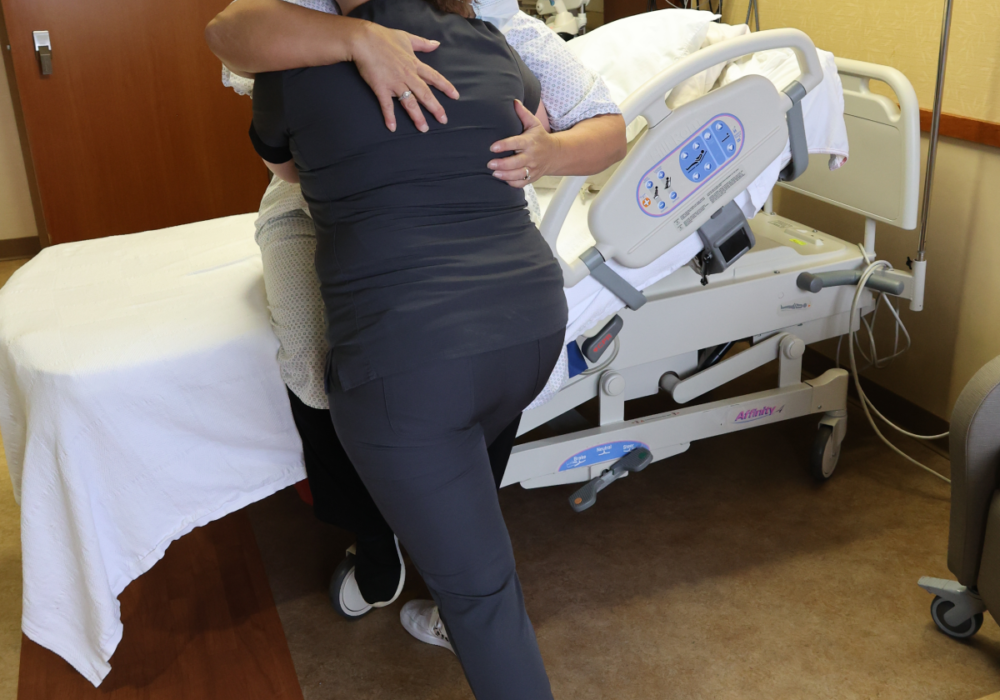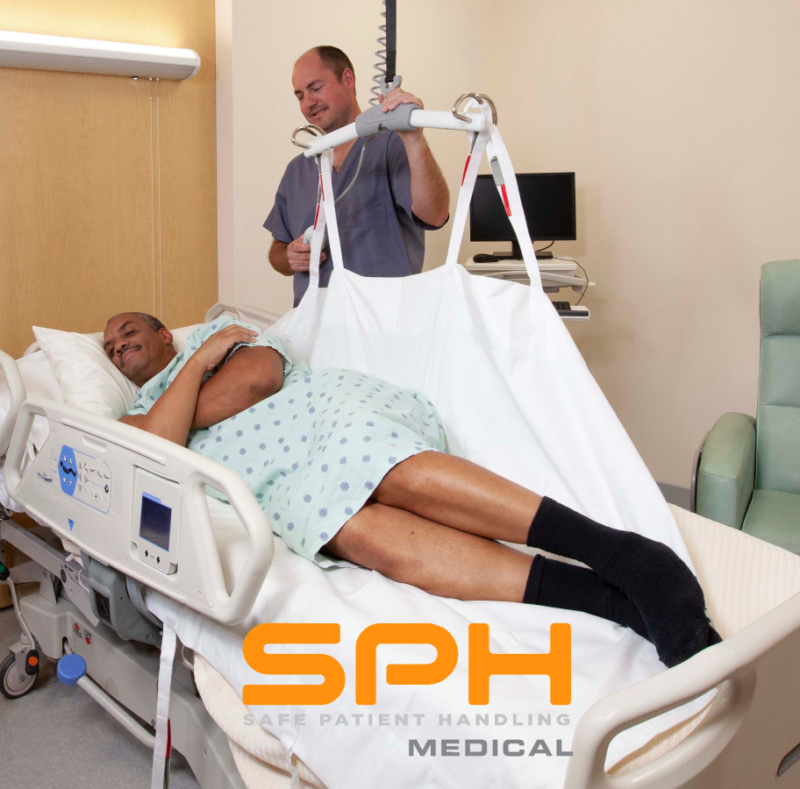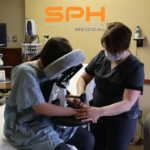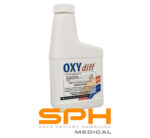Healthcare workers and nurses in hospitals and nursing homes are susceptible to musculoskeletal injuries because for the most part they are still manually repositioning and moving patients. The high frequency of manually lifting moving and transferring patients poses many risks to the nurses. This is now a well known and well documented risk, and yet still a question; why are nurses still getting injured? The VA Patient Center of Inquiry began researching healthcare worker injuries decades ago and determined that safe and ergonomically designed assistive equipment both improves patient care and minimizes musculoskeletal nursing injury to caregivers.
The SPH Medical Air Transfer and Positioning Mat is the ideal solution for most hospital wide safe patient handling programs to help nurses avoid many of the predictable patient handling tasks. The Occupational Safety and Health Administration (OSHA) recommends that healthcare workers lift a maximum of 35 pounds. That means no more than 35 pound per person if one or two nurses are helping a patient. Most patients weigh above 180 pounds and manually lifting them, or attempting to reposition them up in bed, causes overexertion, sprains, strains, and may lead to a career ending back injury.
hospital wide safe patient handling programs to help nurses avoid many of the predictable patient handling tasks. The Occupational Safety and Health Administration (OSHA) recommends that healthcare workers lift a maximum of 35 pounds. That means no more than 35 pound per person if one or two nurses are helping a patient. Most patients weigh above 180 pounds and manually lifting them, or attempting to reposition them up in bed, causes overexertion, sprains, strains, and may lead to a career ending back injury.
With the alarming fact that nurses still getting injured in a work environment, SPH Medical decided to do something about it. That’s where SPH Medical Air Transfer and Positioning Mat makes a measurable difference in hospital departments. This tool is integrated into everyday patient care to support the safe handling of patients. It also eliminates the need for manual patient transfers and mitigates the risks of nurses’ injuries. Nurses and healthcare workers can use the SPH Medical Air Transfer and Positioning Mat in the following circumstances:
Repositioning of Patients
Repositioning is the general task of caring for a bed ridden patient by boosting or turning them or any other in bed positioning. The primary purpose of repositioning patients in bed is often to alleviate pressure on their tissues and bony prominences to prevent the development of pressure ulcers. Nurses are required to change the position of a patient after every two hours.
This process is also known as boosting up in bed a patient. Bed-ridden patients who have slid down the bed need boosting up in bed to acquire proper alignment and prevent bed sores.
The activity is high-risk and will cause repositioning injury if the appropriate slings, sheets, and lifts are not used. The awkward healthcare worker’s posture and the patient’s weight may contribute to musculoskeletal injuries. Since the task is performed several times a day, it increases the likelihood of injuries.
The Disposable Air Transfer System provides nurses with a seamless and safe way to move patients. The mattress is inflated by a blower to release air out of the bottom via the multiple small pin holes. This creates a thin layer of air at the bottom of the mattress which minimizes friction. Less lifting and pulling are indispensable, thus posing minimal risks to patients and nurses.
Nurses Still Getting Injured During The Lateral Transfer
Lateral transfer is moving patients from one surface or bed to another. The traditional way of pulling patients using sliding boards or draw sheets is quite dangerous. Many nurses still getting injured when transferring a patient. According to the National Library of Medicine, 97.3% of the nurses lodged a complaint of work-related pain in a research on work-related musculoskeletal pain occurrence.
Air Powered transfer systems are the most preferred tools in lateral transfer. They make a thin air cushion at the inflated mattress’s bottom. This method helps minimize friction and ensure patients stay afloat as they are transferred from one surface to another.
Top Advantages of the Air Transfer Systems
- Disposable Items: The Transfer Mats are for single-use and are disposable types. Although they are labeled as disposable, you can use them on one patient multiple times until they no longer need them or are soiled. Thus they prevent cross-contamination and hospital-acquired disease transmission.
- No Need for Laundry: Laundry does not offer 100% bacteria elimination, especially when under substandard conditions. The fabric slings are made of porous materials, and bacteria and pathogens can be trapped in the crannies and nooks. Using such slings on patients makes them vulnerable to infections. But the disposable repositioning sheets and slings don’t require laundry and you can dispose them after use.
- Offers Better Management of Inventory: The single-use mats and slings are easier to monitor and relatively accessible. Also, health workers don’t have to wait for 3- days for the slings and sheets to be laundered and returned to the hospital. In the long run, they offer ultimate convenience.
- Designed with the Safety of Nurses and Patients in Mind: Manual handling of patients causes strains, sprains, and low back pain for the nurses. The old-fashioned method also causes friction and tissue damage in patients. But the Air Transfer System reduces the need to lift and pull patients, thus preventing common musculoskeletal disorders. They are also designed with breathable and soft materials that do not irritate the patients.
SPH Medical’s assistive solutions minimize injuries and pain for nurses and patients. There are essential items for nursing facilities and medical centers that assist in preventing nurse injury, repositioning, and boosting up in bed of patients.




